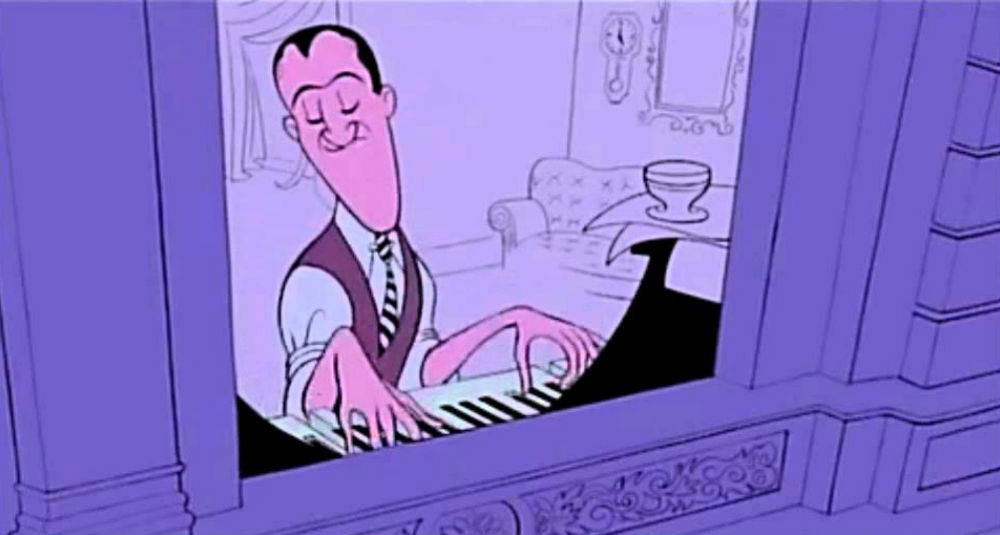“What is American music?” read the headline of an article appearing on the January 4th, 1924 edition of the New York Tribune: such article was meant to detail band leader Paul Whiteman’s attempt to create an all-jazz concert to be performed in February 1924. “George Gershwin is at work on a jazz concerto, Irving Berlin is writing a syncopated tone poem, and Victor Herbert is working on an American suite.”
It took a long time for Whiteman to persuade Gershwin to compose the piece, a concerto-like jazz composition and, by the time he finally accepted, he only had five weeks.
Luckily, inspiration struck while he was on a train to Boston: the steely rhythms, the rattle-ty bangs made him hear music “in the very heart of the noise” and he managed to have a clear picture of the construction of Rhapsody, from beginning to end. “I heard it as a sort of musical kaleidoscope of America, of our vast melting pot, of our unduplicated national pep, of our metropolitan madness,” he told his biographer Isaac Goldberg in 1931.
Why rhapsody? Unlike a concerto, it consists of a single movement and passages that are improvisatory and irregular abound. Take the opening, for example: it’s a clarinet trill followed by a legato 17-note rising diatonic scale, and during rehearsal, virtuoso clarinetist Ross Gorman jokingly rendered it as a glissando. That jest was eventually incorporated in the official performances. It is now, according to American Heritage Magazine “as familiar as the start of Beethoven’s Fifth”.
Despite being only a 16-minute performance, Rhapsody in Blue is extraordinarily rich in invention and inspiration: there are five major themes and one final tag, all on the blues scale —Ritornello Theme, Train Theme, Stride Theme, Shuffle Theme and Love Theme . We can also find a great variety in rhythm, including Ragtime rhythms (hello, syncopation) and the Cuban “clavé” rhythm (read here for a good definition). Accordion, banjo and saxophones accentuate the jazz component of the piece. Moreover, Gershwin chose to use a wide variation of tempos because he wanted to correct the belief that jazz needed to be played in time so people could dance to it.
Given the piece’s structure, we like the Fantasia 2000’s segment featuring the Rhapsody in Blue: unlike the scene depicting the creation of the universe set to Stravinsky’s Rite of Spring, this animated sequence is consistent with Gershwin’s intentions: set during the great depressions, the segment chronicles the daily lives of four people living in New York during the great depression—the Rhapsody has several themes, remember? We have a construction worker named Duke who wants to be a jazz musician, a jobless man named Joe who is depressed due to lack of work, an over scheduled kid named Rachel and a husband annoyed at his wife. Gershwin himself has a cameo, and we see him playing the piano in his apartment.

